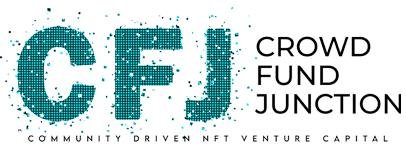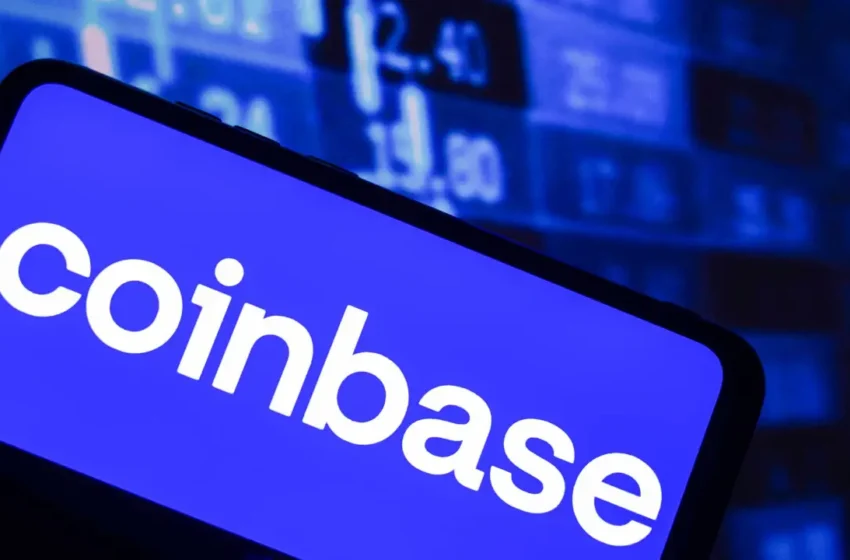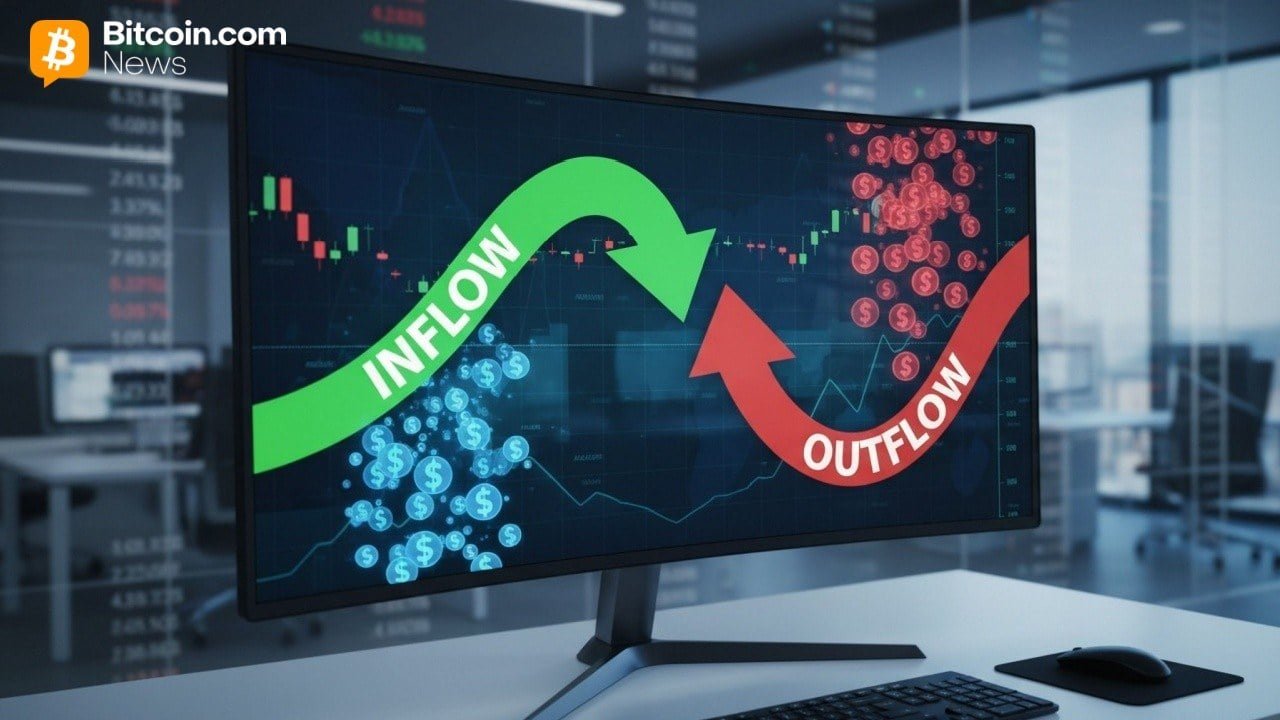How Coinbase Reviews Crypto Assets Before Listing Them
(Originally posted on : Crypto News – iGaming.org )
Getting a token listed on Coinbase has always been a mystery for many crypto projects. The US-based exchange, one of the biggest in the world, has now pulled back the curtain on how the process really works.
Good to Know
- Applications are free of charge, and approval depends on quality, not payment.
- Timelines range from a few hours to several months, depending on project complexity.
- Every submission goes through legal, compliance, and technical reviews before approval.
Coinbase recently shared a detailed guide explaining what teams need to do if they want their asset available on the platform. The first step is filling out an online questionnaire. Project leaders also need to send in key details such as the whitepaper, background of the team, tokenomics, and links to code repositories, block explorers, and third-party audits.
Once the paperwork is in, Coinbase evaluates how much interest there is in the asset, whether the community is active, and if the technology is reliable enough for integration. After that, the project undergoes three rounds of review: legal, compliance, and technical.
The exchange made it clear that technical security carries heavy weight:
New players only. Exclusive Welcome Bonus of 350% + 150 Free Spins
“We run a thorough security check – reviewing elements like contract code, design, and operational risks – to decide whether we can safely custody and list the token. For new blockchains, we evaluate their technical design, consensus mechanism, network resilience, and governance model.”
According to Coinbase, there’s no standard approval window. Simple, well-documented projects may pass quickly, while others with more complex structures might wait months.
CEO Brian Armstrong addressed the move in a recent post on X, saying the company wanted to eliminate confusion about listings: “Listings are free and merit-based. Every asset is evaluated against the same standards.”







 Bitcoin
Bitcoin  Ethereum
Ethereum  Tether
Tether  XRP
XRP  USDC
USDC  TRON
TRON  Lido Staked Ether
Lido Staked Ether  Dogecoin
Dogecoin  Figure Heloc
Figure Heloc  Cardano
Cardano  WhiteBIT Coin
WhiteBIT Coin  Wrapped stETH
Wrapped stETH  Wrapped Bitcoin
Wrapped Bitcoin  Bitcoin Cash
Bitcoin Cash  USDS
USDS  Chainlink
Chainlink  Binance Bridged USDT (BNB Smart Chain)
Binance Bridged USDT (BNB Smart Chain)  Wrapped eETH
Wrapped eETH  LEO Token
LEO Token  Monero
Monero  WETH
WETH  Hyperliquid
Hyperliquid  Stellar
Stellar  Zcash
Zcash  Ethena USDe
Ethena USDe  Coinbase Wrapped BTC
Coinbase Wrapped BTC  Litecoin
Litecoin  Sui
Sui  Avalanche
Avalanche  Hedera
Hedera  USDT0
USDT0  sUSDS
sUSDS  Shiba Inu
Shiba Inu  Dai
Dai  Mantle
Mantle  PayPal USD
PayPal USD  Toncoin
Toncoin  World Liberty Financial
World Liberty Financial  Cronos
Cronos  Ethena Staked USDe
Ethena Staked USDe  Uniswap
Uniswap  Polkadot
Polkadot  MemeCore
MemeCore  Aave
Aave  USD1
USD1  Canton
Canton  Rain
Rain  Bittensor
Bittensor  Bitget Token
Bitget Token  OKB
OKB  Tether Gold
Tether Gold  Falcon USD
Falcon USD  NEAR Protocol
NEAR Protocol  Ethereum Classic
Ethereum Classic  Aster
Aster  BlackRock USD Institutional Digital Liquidity Fund
BlackRock USD Institutional Digital Liquidity Fund  Jito Staked SOL
Jito Staked SOL  Binance-Peg WETH
Binance-Peg WETH  Pepe
Pepe  Ethena
Ethena  Internet Computer
Internet Computer  Pi Network
Pi Network  Jupiter Perpetuals Liquidity Provider Token
Jupiter Perpetuals Liquidity Provider Token  Solana
Solana  syrupUSDC
syrupUSDC  HTX DAO
HTX DAO  PAX Gold
PAX Gold  Pump.fun
Pump.fun  Global Dollar
Global Dollar  Circle USYC
Circle USYC  KuCoin
KuCoin  syrupUSDT
syrupUSDT  Worldcoin
Worldcoin  Sky
Sky  BFUSD
BFUSD  Ripple USD
Ripple USD  Ondo
Ondo  Binance Bridged USDC (BNB Smart Chain)
Binance Bridged USDC (BNB Smart Chain)  Rocket Pool ETH
Rocket Pool ETH  Binance Staked SOL
Binance Staked SOL  POL (ex-MATIC)
POL (ex-MATIC)  Gate
Gate  Aptos
Aptos  Wrapped BNB
Wrapped BNB  Arbitrum
Arbitrum  Official Trump
Official Trump  Algorand
Algorand  Cosmos Hub
Cosmos Hub  Function FBTC
Function FBTC  Liquid Staked ETH
Liquid Staked ETH  Lombard Staked BTC
Lombard Staked BTC  Solv Protocol BTC
Solv Protocol BTC  Filecoin
Filecoin  VeChain
VeChain  NEXO
NEXO